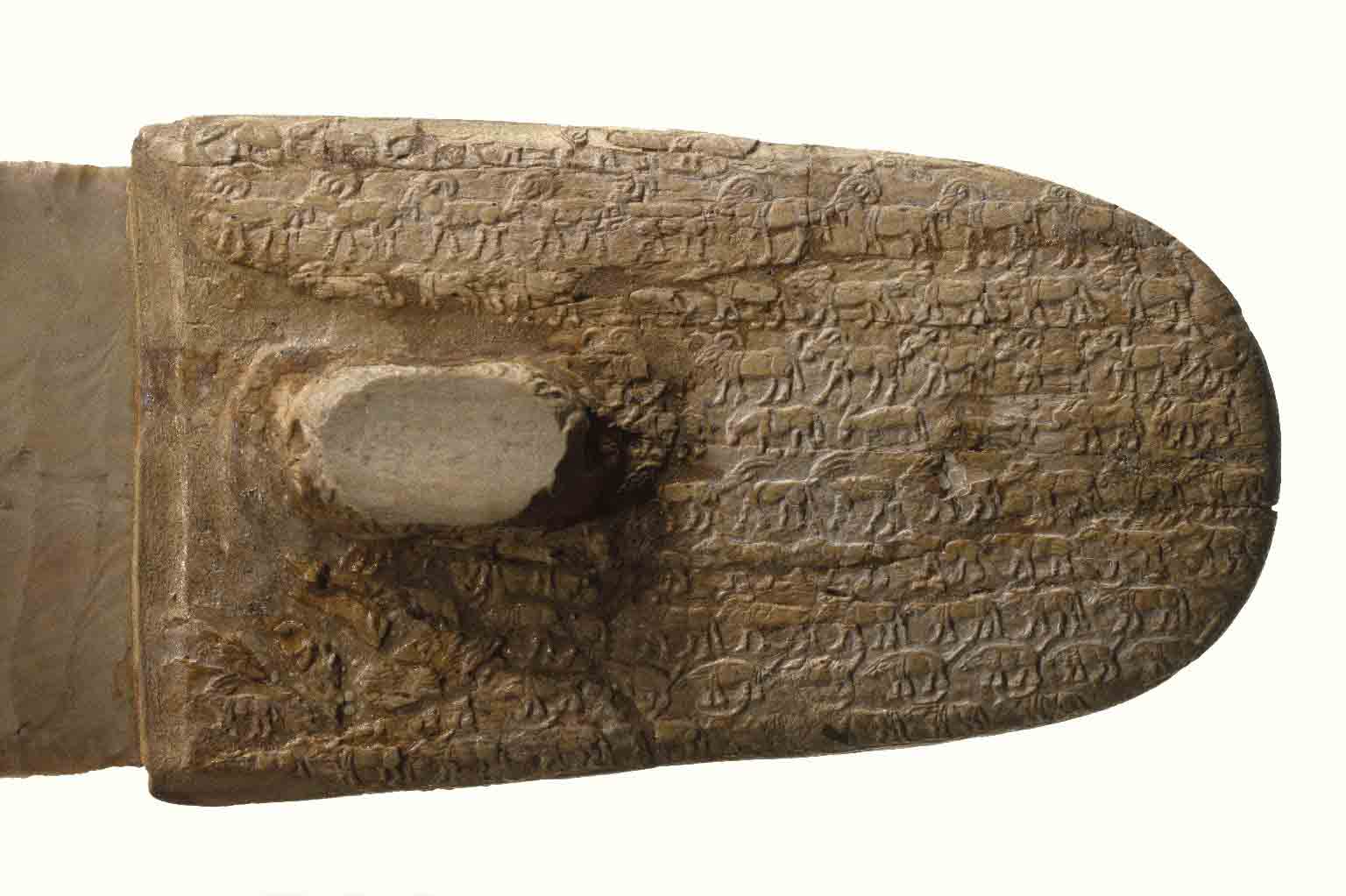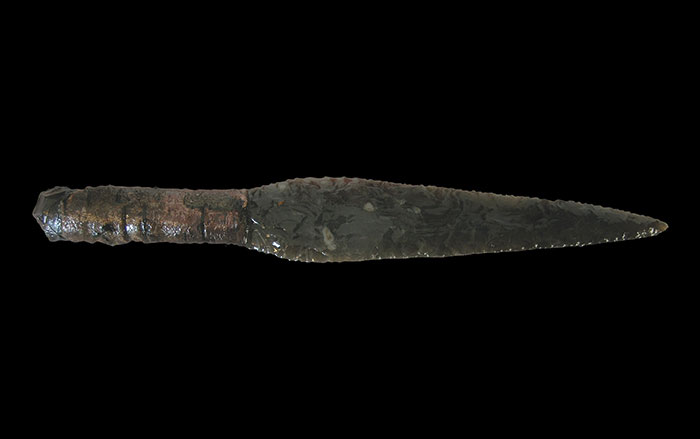
Generations of archaeologists have studied ancient Egyptian tomb paintings and funerary objects for their religious, cultural, and historical significance. Now, a team of ecologists has scrutinized the same resources for evidence of which types of wildlife lived in Egypt at various points in its history—and concluded that the number of large mammal species has declined precipitously over the past 6,000 years, from 37 to just eight. The fossil record in Egypt is too sparse to provide this sort of information, explains Justin Yeakel, a quantitative ecologist at the Santa Fe Institute, so the rich record of artistic depictions is an invaluable resource. “Thanks to the careful observations of Egyptian artisans,” he says, “we have one of the few really high-resolution examinations of how animal communities change over time.”
Yeakel and his colleagues noted five dramatic shifts in the ratio of predators to prey, one of which occurred in the nineteenth century, along with modern population growth and industrialization. Three of the others coincided with well-known dry periods in the Nile River basin, which have also been associated with turning points in Egyptian history: the beginning of the Dynastic period, around 3000 B.C., and the collapses of the Old Kingdom (ca. 2170 B.C.) and the New Kingdom (ca. 1000 B.C.).










